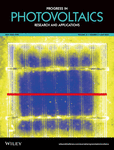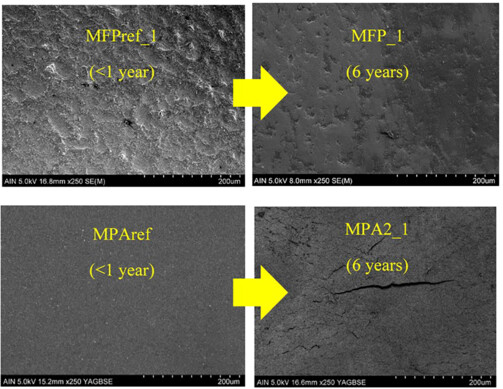Journal list menu
Export Citations
Download PDFs
ISSUE INFORMATION
RESEARCH ARTICLES
Achievement of 25.54% power conversion efficiency by optimization of current losses at the front side of silicon heterojunction solar cells
- Pages: 449-460
- First Published: 30 October 2022
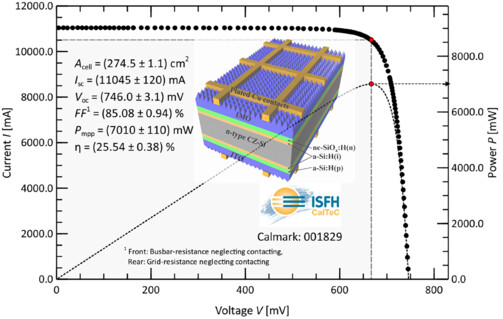
In cooperation with SunDrive, Cu-plated SHJ solar cells, implementing the benefits of the optimized IMO and VHF PECVD nc-SiOx:H films, were successfully developed with a certified significantly high PCE of 25.54% and a high Jsc of 40.24 mA/cm2 for total area (274.5 cm2) SHJ solar cells being achieved.
Boron-doped polysilicon using spin-on doping for high-efficiency both-side passivating contact silicon solar cells
- Pages: 461-473
- First Published: 16 November 2022
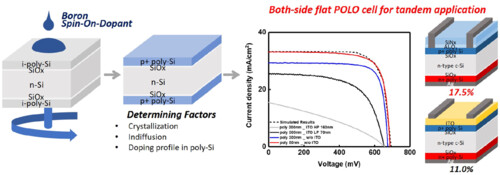
The passivation quality of the p+ poly-Si passivating contacts with boron SOD was investigated. The factors influencing the passivation quality of p poly-Si are crystallinity, indiffusion, and doping concentration. A 17.5% efficiency with 695 mV was achieved by controlling the process parameters with optimization and simulation, reaching the highest reported cell efficiency with SOD p poly-Si on saw-damage-etched flat surfaces.
Performance evaluation of IEC 60891:2021 procedures for correcting I–V curves of photovoltaic modules under healthy and faulty conditions
- Pages: 474-493
- First Published: 22 November 2022

This study analyzes the performance of the IEC 60891:2021 standard applied to I–V curves of faulty mc-Si PV modules under real-life conditions. Environmental factors, measurement season and irradiation level on the correction performance are studied. The results show that Procedure 2 performs better than Procedures 1 and 4.
Analysis of polyamide and fluoropolymer backsheets: Degradation and insulation failure in field-aged photovoltaic modules
- Pages: 494-505
- First Published: 20 November 2022
A density-based time-series data analysis methodology for shadow detection in rooftop photovoltaic systems
- Pages: 506-523
- First Published: 05 December 2022
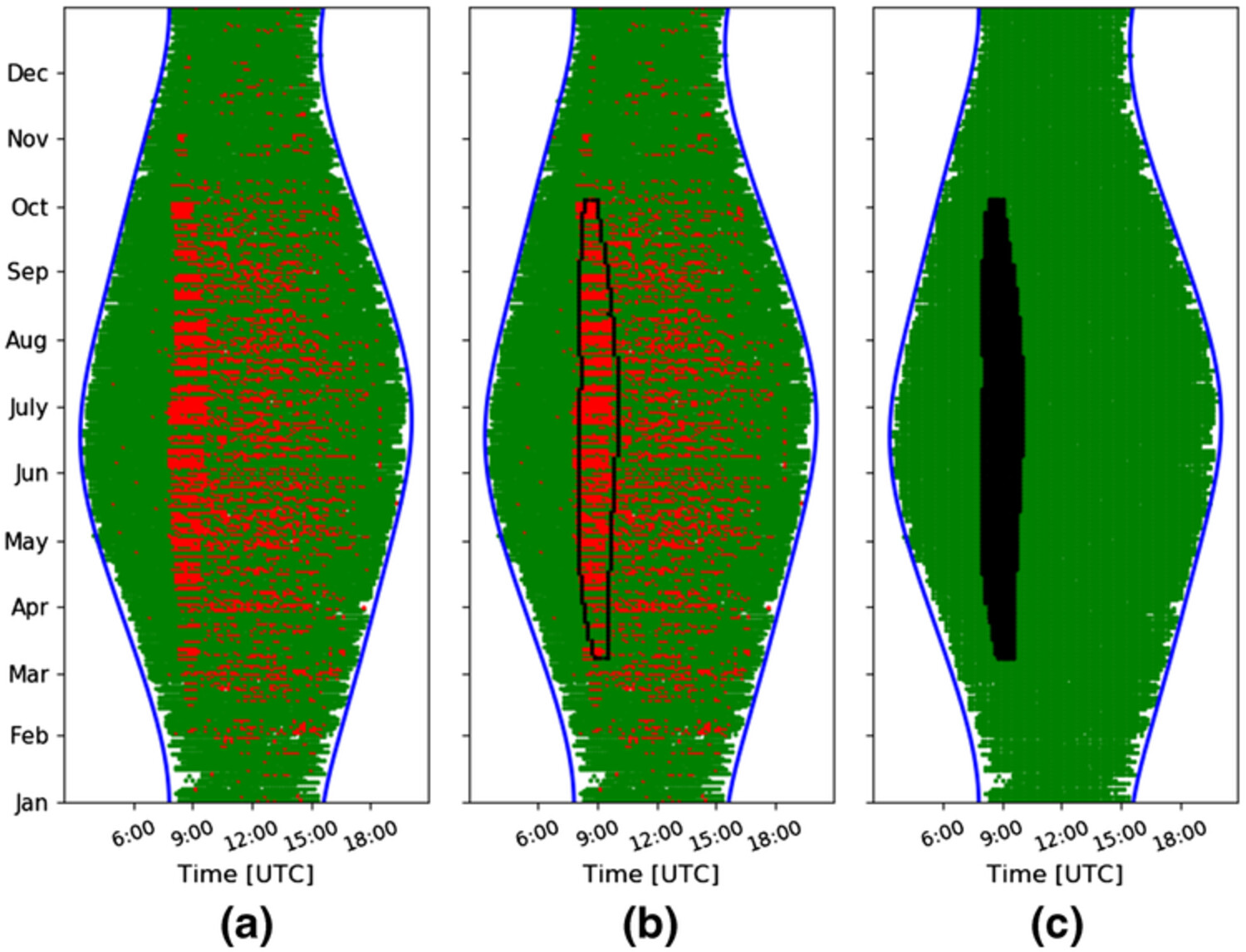
In this study, a new algorithmic tool is introduced that creates a reference data set through the combination of data sets of the unshaded PV systems in the surrounding area. It subsequently compares the created reference data set with the one of the PV systems of interest, detects any energy loss and clusters the distinctive loss due to shadow, created by the surrounding objects. The algorithm is applied successfully to a number of different cases of shaded PV systems.
2-step process for 5.4% CuGaSe2 solar cell using fluorine doped tin oxide transparent back contacts
- Pages: 524-535
- First Published: 13 December 2022
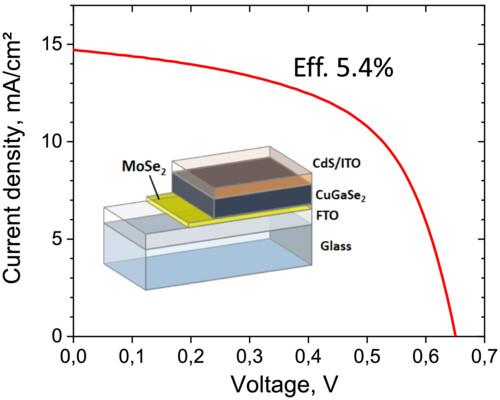
A route for the fabrication of CuGaSe2-based solar cells on FTO-based back contacts is reported. The presence of an ultrathin interfacial Mo layer is found essential in improving device performance by not only creating a beneficial MoSe2 hole transport interlayer but also improving the crystallization and Cu distribution homogeneity. Optical transmissions of the whole devices are in the 30% range. A champion cell efficiency of 5.4% is obtained in optimized conditions.
Temperature and illumination dependence of silicon heterojunction solar cells with a wide range of wafer resistivities
- Pages: 536-545
- First Published: 22 December 2022
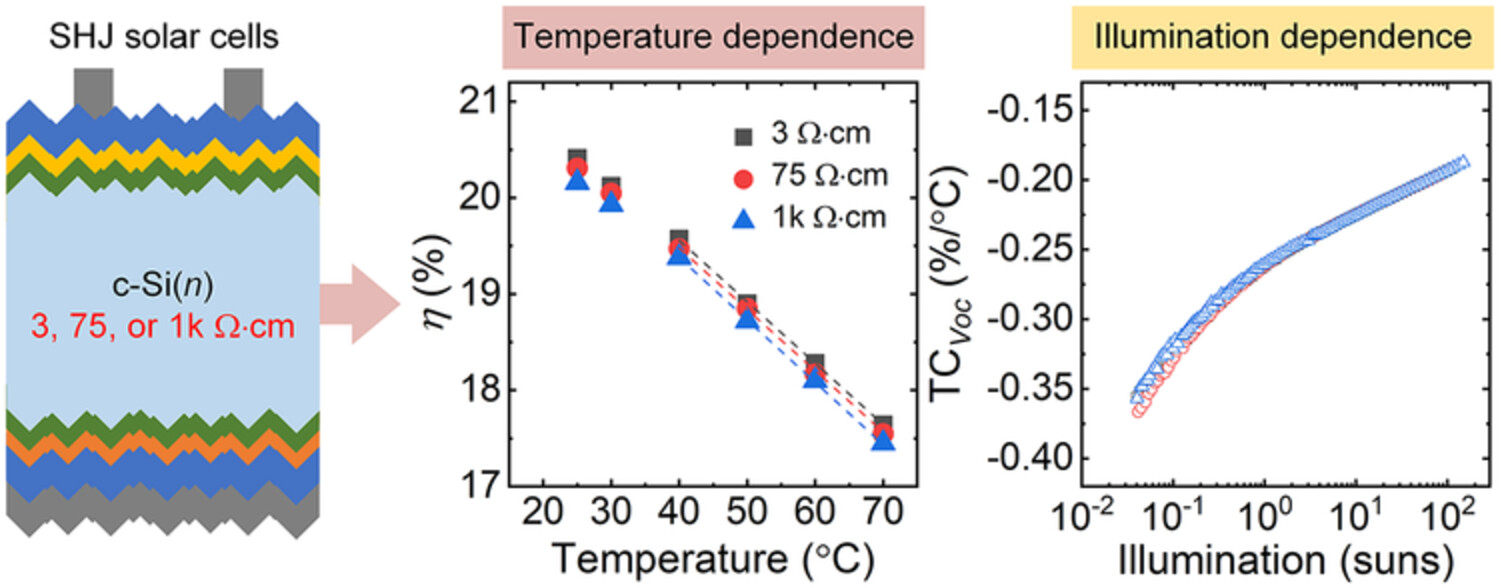
We investigated the temperature- and illumination-dependent performance of silicon heterojunction (SHJ) solar cells using a wide range of wafer resistivities (3–1000 Ω⋅cm). The efficiency of the cells fabricated using high-resistivity wafers is comparable to that of the reference cells at any given temperature. The findings demonstrate that there is no limitation in using high-resistivity wafers for SHJ solar cells under field operating conditions.
PERSPECTIVE
Future-proofing photovoltaics module reliability through a unifying predictive modeling framework
- Pages: 546-553
- First Published: 21 October 2022
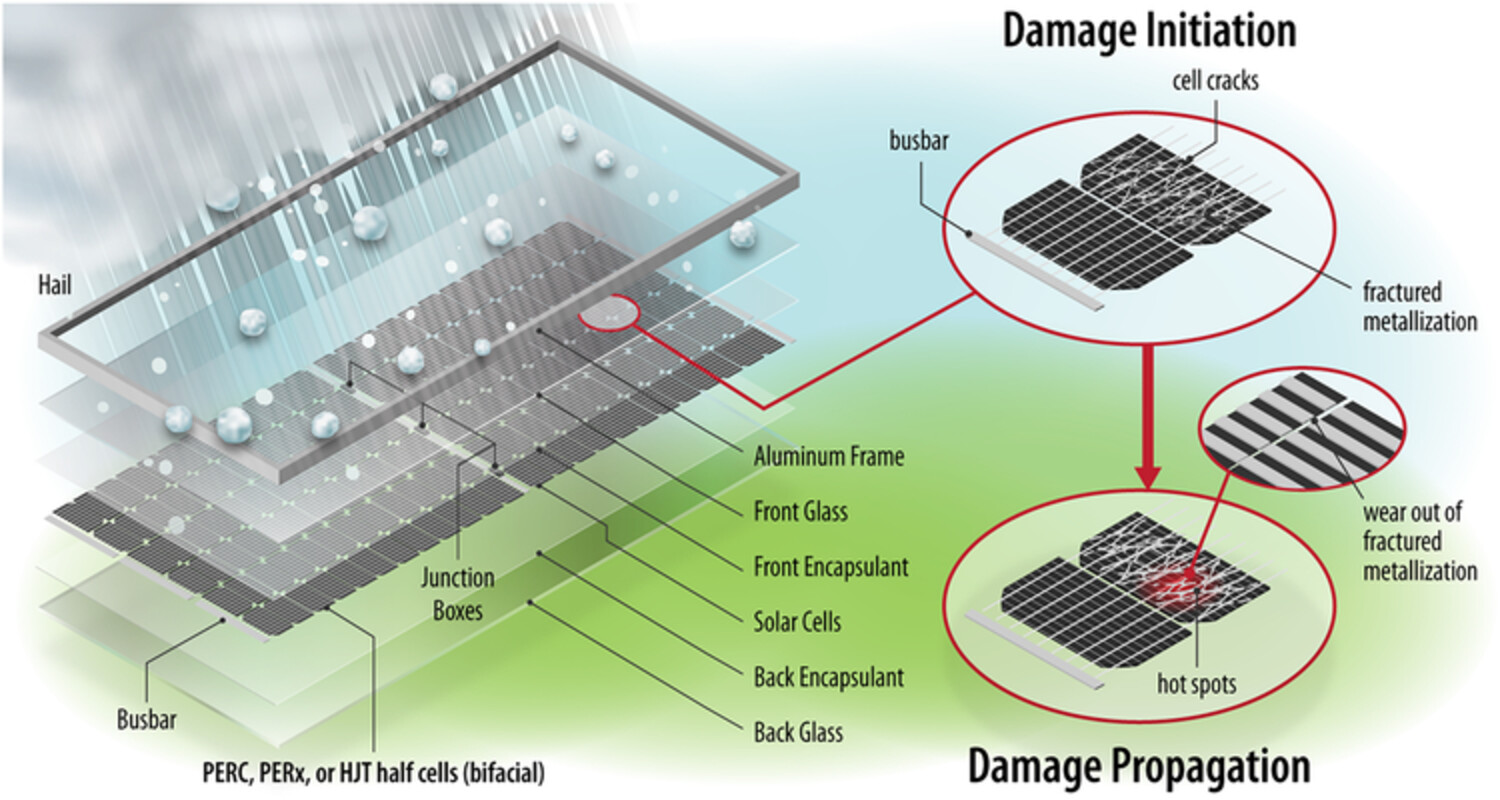
We highlight the significance that predictive modeling capabilities will have on improving future photovoltaic (PV) module reliability. We propose creating a unifying modeling framework that will enable the holistic assessment of PV module reliability, accelerate the PV reliability learning cycle, and bring us closer to quantitative service life predictions.




